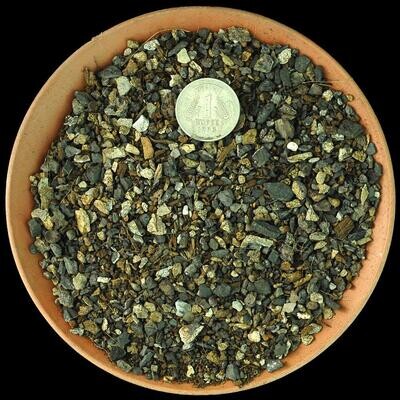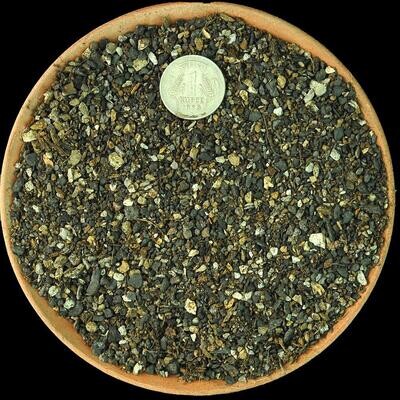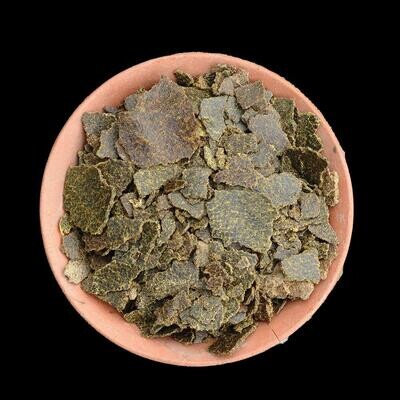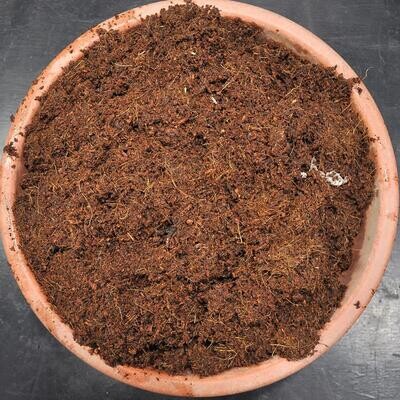Please check the Shipping Updates Page for information on shipping.
Cereus forbesii spiralis
Origin of Name
The genus name "Cereus" is derived from Latin, meaning "waxen", referring to the candle-like shape of many species within this genus. The specific epithet "forbesii" honors James Forbes, a 19th-century Scottish botanist and curator at the Chelsea Physic Garden in London. The addition of 'Spiralis' describes the plant's most striking feature – its naturally occurring spiral growth form, which distinguishes it from the typical vertical growth patterns of other cacti.
Technical Description of Plant
Cereus forbesii 'Spiralis' is characterized by its tall, columnar stems that grow in a distinctive spiral pattern. This cactus can reach significant heights, though in cultivation, it is often seen smaller. The stems are green to blue-green and possess areoles from which emerge small to medium-sized spines. The spiral formation of the stem enhances the plant's exposure to sunlight, a unique adaptation to its environment. During summer nights, it produces large, fragrant white flowers that open after sunset and close by morning, followed by edible fruits.
Origin of Plant
This species is native to Brazil, where it grows in natural habitats that allow for its unique growth form to develop fully. The spiral growth pattern of Cereus forbesii 'Spiralis' is a natural mutation, and while rare, it has been successfully propagated for cultivation.
Conservation Status
While Cereus forbesii as a species is not currently listed as endangered, habitat destruction and overcollection pose threats to its existence in the wild. The 'Spiralis' form, being primarily propagated in cultivation, does not face the same threats but shares the general conservation concerns applicable to cactus species globally.
Care Instructions
Cereus forbesii 'Spiralis' requires well-draining soil and should be planted in a location that receives full sun to partial shade. It is relatively drought-tolerant but benefits from regular watering during the active growing season. Allow the soil to dry out completely between waterings to prevent root rot. During winter, reduce watering significantly. This plant is not frost-tolerant and should be protected from freezing temperatures. Fertilize with a cactus-specific fertilizer during the growing season to support healthy growth and flowering.





